GrowPro™ Plant Liquid Fertilizer
$16.95 – $35.95

Chelsea Tan (25), U.S.
This hydroponic liquid fertilizer is so easy to work with! Great for a starter like me as there is no need to premix! This has a great nutrient formula for growing hydroponically and actually yielded better results than the ones I’ve used before.
——————————————————————————–

Theo Mason (40), UK
Decided to redo my indoor garden and put together 10 plants that are easy to grow hydroponically or in water. This time I used my own seeds and decided to purchase this liquid fertilizer for convenience purposes. This little bottle gave me better results than the stuff I’ve used before. My herbs look better and taste awesome!
——————————————————————————–

Isla Wyatt (36), AUS
No spills or mess! This concentrated fertilizer is so easy to use and works great for aerogarden. I feel like this offers the best hydroponic nutrients for different types of crops that I grow. I swear my plants and herbs look greener and healthier. The best pick for hobbyists and newbie growers as it comes in a convenient, compact packaging. Plus the results are wonderful. Looking forward to buying all my future refills of this liquid fertilizer.
——————————————————————————–
Introduction to Hydroponics and its Advantages
Hydroponics, which comes from the ancient Greek words “hydro”, meaning water, and “ponics”, meaning labor, is a method of growing plants that uses only water and chemical nutrients. This method makes it possible to grow a garden or a farm without soil and instead use other organic substances such as clay pellets, perlite, rock wool, vermiculite, or peat moss to cultivate plants.

Hydroponic systems allow for the more efficient plant growth compared to field farming as part of the process is letting the nutrient solution directly reach the plant roots. There are different types of hydroponic systems, which vary in levels of complexity and required investment. Some of the most common methods include deep water culture, aeroponics, nutrient film technique, wicking, dripping system, and ebb and flow systems.

One of the reasons why hydroponics have grown in popularity is because of its better growth rate compared to its soil counterpart. Other benefits include:
-
- Increased plant growth and health. Crops and other plants grown hydroponically grow 30% to 50% faster than soil-based plants due to more nutrient control and less contact with environmental aggressors such as pests and the weather.
- Less required resources. Hydroponic grown plants use only 10% of the water the field-grown plants use. The water stays in hydroponic systems and can also be reused. Additionally, hydroponics are often indoors. The controlled system reduces or eliminates risk factors such as pests, weeds, and other nutrition pollution. As a result, there is less need for pesticides and herbicides.
- Lower nutrient requirement due to nutrient level control
- Bigger yields. Hydroponic farming allows plants to grow indoors or in small spaces. Plants can grow year-round and be harvested many times as outside factors such as weather and season won’t affect them.
- No need to worry about soil erosion.
——————————————————————————–
The Hydroponic Nutrient Solution: The Required Micro and Macro Nutrients
Plants need nutrients, regardless of whether they are grown in the hydroponic system or in soil. What differs between the two methods is the mode of supply and the amount of nutrients. Fertilizers for hydroponics, for instance, are different from the ones recommended for soil-based plants.

When choosing a hydroponic fertilizer, it should contain a sufficient amount of trace or micro elements as well as macro nutrients such as oxygen, sulfur, phosphorus, potassium, and magnesium. Each one of them plays a crucial role in root health and plant growth stimulation.
——————————————————————————–
The Scientific Principles of Controlled-Release Fertilizers
Professional growers and hobbyists know the hard work and investment required for growing pot plants, container nursery stock, backyard greenhouse, bedding plants, and other types of hydroponic systems. Fortunately, controlled-release fertilizers like the Hydroponic Liquid Fertilizer are available to offer a convenient and efficient way to deliver sufficient nutrients to plants.

The technical manager for ICL Specialty Fertilizers, Andrew Wilson, explained the applied science and innovative technology behind these types of hydroponic fertilizers. “A CRF is a granule containing nitrogen, phosphorus and potassium (NPK) — and, depending on the product, they can also contain magnesium and other trace elements. These are then covered in a coating.”

He added, “As water penetrates through the coating it dissolves the nutrients inside the granule. The osmotic pressure inside the granule releases the dissolved nutrients through the coating. It sucks water in because it’s very concentrated inside and then, as the pressure builds up, it pushes out the fertilizer through the coating.“

Once the granule is empty, the membrane will break down gradually. The nutrient release is influenced by the temperature. This allows for optimal nutrient control as plants receive the nutrients they need for the conditions they are experiencing.
——————————————————————————–
The Advantages of Liquid Fertilizers over Solid Fertilizers for Hydroponics
First of all, growers have the freedom to experiment and choose what type of fertilizer that best fits their needs, whether it’d be liquid or dry hydroponic fertilizer. But when it comes to nutrient control and ease of use, the liquid fertilizer has the bigger advantage.

With hydroponic fertilizers that come in liquid form, gardeners have control over how often they can feed the plants with nutrients. It is also easy to adjust the dosage, including the dilution rates and ratios between multiple nutrients, depending on the current stage of the plants. The instant availability allows for quick and easy nutrient supply for plants at the exact time they need it. And the Hydroponic Liquid Fertilizer offers just that.

The Hydroponic Liquid Fertilizer instantly gives plants the nutrients they need to promote strong, healthy roots and deliver speed growth results.

The Hydroponic Liquid Fertilizer has been proven to:
- Provide easy and uniform application. This liquid fertilizer can seep into the soil and spread more uniformly, thus giving your fields an even consistent coating so that all plants receive the same nutrients regardless of location.
- Deliver fast-acting penetration. By penetrating the soil immediately, plants are given faster access to the nutrients. Some plants will see results from this application almost immediately.
- Promote healthier plants. Liquid fertilizer is better at balancing the pH of the soil based on the chemicals they are delivering. Liquid options can make for healthier plants, which is another reason why they often are a smart option for crops.
- Nourish plants and promote vigorous growth and prolonged flowering of all plants from the house. This fertilizer contains trace elements that promote resistance.

The Hydroponic Liquid Fertilizer’s effective ingredient formula contains calcium ion, amino acid, and N.P.K (NPK ratio: 1:2:1) as well as trace elements such as iron, manganese, boron, calcium, molybdenum, and zinc. The easy-to-dilute formula can boost root growth or revive dying plants.

“Many farmers have an interest in using organic fertilizers for vegetable transplant production. Organic fertilizers are generally insoluble in water, and nutrients are available slowly as they are converted to soluble form by microorganisms. Because the abundance of macro- and micronutrients for plant growth is in liquid organic fertilizer, it has been widely applied to hydroponic plants. Plants can efficiently absorb components dissolved in the liquid fertilizer as growth nutrients.”
– Robert Hadad and Robert G. Anderson, Department of Horticulture from the University of Kentucky College of Agriculture
——————————————————————————–
How to use:
- Spray watering: add every 10 days
- Root water: add every 1-2 months
- Add 10 drops with every 500ml water
- Adjust the amount according to the ratio above.
- Each bottle has around 7-10 uses and lasts around 1-2 months.
——————————————————————————–
Layla Harvey’s Indoor Gardening Experience with Hydroponic Liquid Fertilizer

I grow green plants for salads and herbs in my indoor garden. I wanted to use a multi-component fertilizer that is easy to use for a newbie grower like me. So I purchased the Hydroponic Liquid Fertilizer.

Day 1
First use was such a breeze. The fertilizer content was easy to dose. And there were no spills or leaks when I used it. The liquid concentrate seeped so fast that I saw results in 24 hours. I could swear my plants look greener and healthier.

Day 3
I finally figured out how often and how much I need to use this liquid fertilizer for my plants. I use this for spray so my plants can also take in nutrients through the leaves. I spray the diluted mix every morning to maintain the health of my plants.

Day 6
Third week of using this and I’m still amazed! My house plants really love this and I can’t believe how much they have grown since I started using this fertilizer. All of my herbs and little veggies are ready for harvest. Will forever repurchase this!







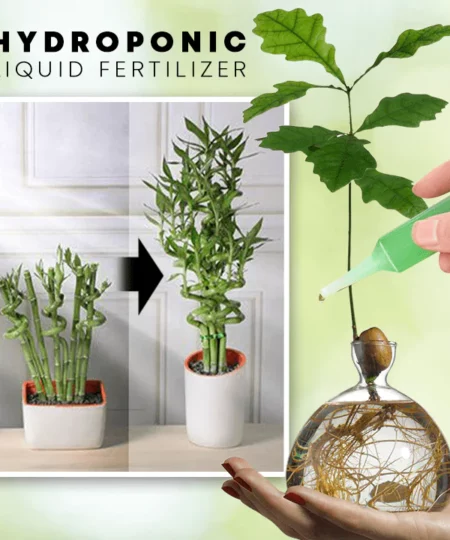
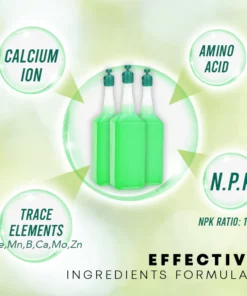






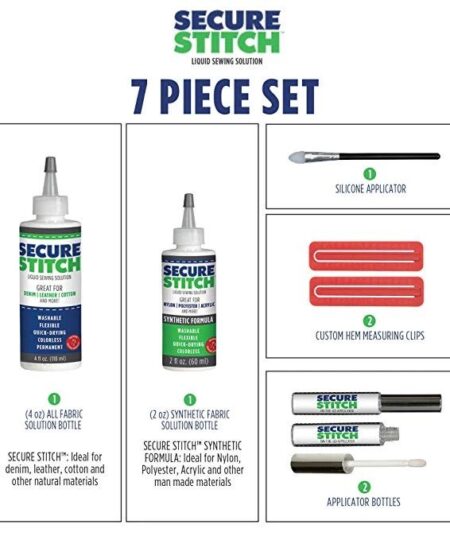

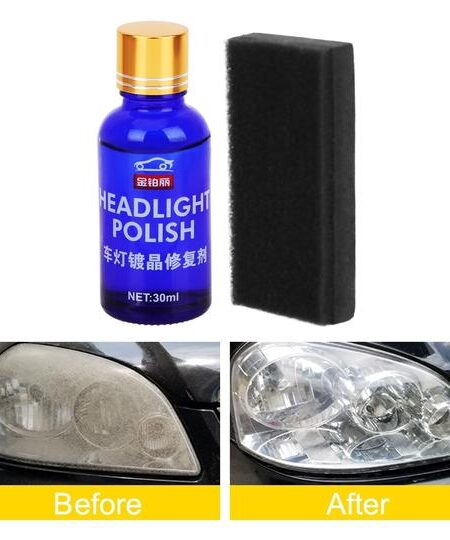


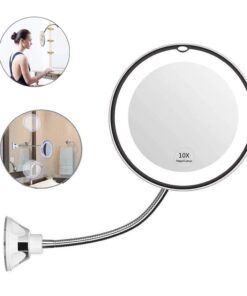

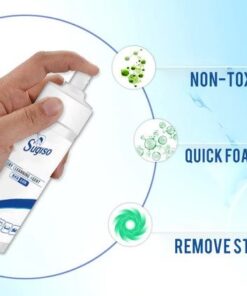
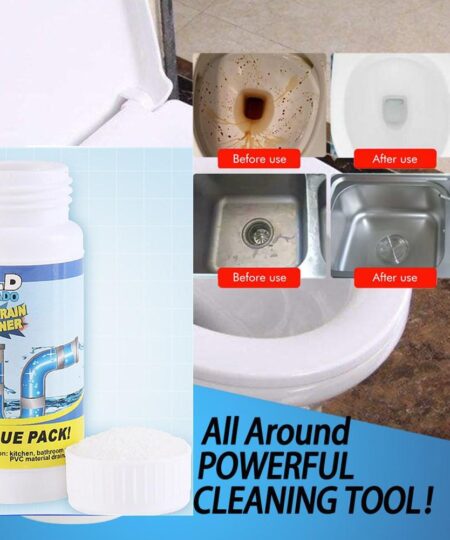
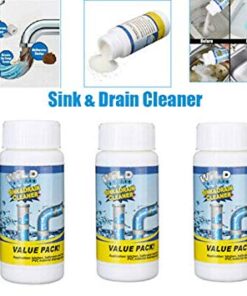
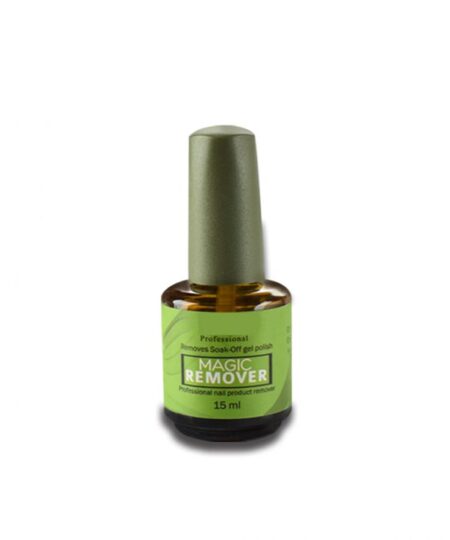


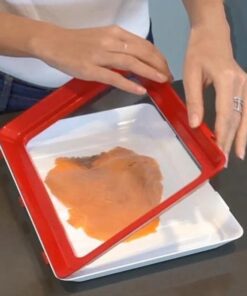

Reviews
There are no reviews yet.